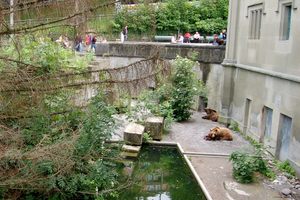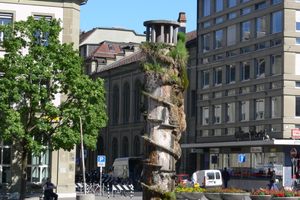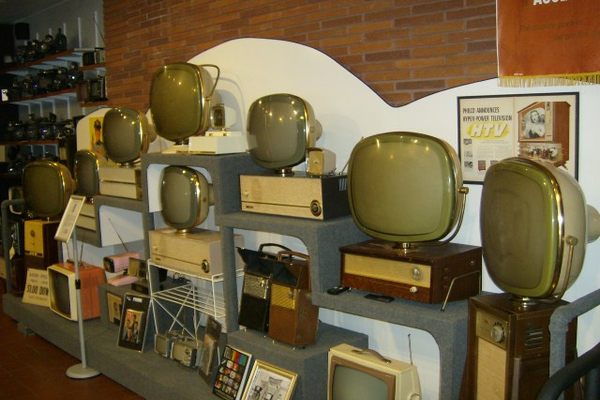About
Museum ENTER is a true tech wunderkammer that resulted from a merger of several local collections and object donations. From early morse telegraphy over telephones, radios, and TVs, the museum offers deep insights into the early and contemporary communication technology. Entire radio and TV studios are on display, showing how media content was produced and transmitted before these worlds went digital.
Moreover, visitors can witness the beginnings of the ongoing digital revolution. Its collection of historical objects related to the history of information processing is enormous—all kinds of computer systems, data storage technologies, entertainment electronics, electronic calculators, and related objects are on display.
Among those objects, there are many rare and curious objects. For example, you’ll see numerous Volksempfängers, the early radio model used by the German Nazi regime to spread their propaganda, as well as "Anita,” the first (and those days frightfully expensive) electronic desktop calculator from 1961, and also several specimens of the famous Apple 1 computers (the one with the wooden case).
The most wondrous object might be the Curta, a handy, pocket-sized mechanical calculator that looks like a pepper mill and consists of more than 700 parts. It takes some time to find out how it works (of course visitors can try it). The machine comes with a rather tragic history, since it was designed by Austrian engineer Curt Herzstark in the late 1930. Herzstark, whose father was Jewish, was imprisoned at the Buchenwald concentration camp, where he spent several years as a forced worker.
Nazi authorities were fascinated with Herzstark's invention, and the stolen design was kept secret until the end of the war since the Curta was supposed to be a surprise gift to Hitler after the expected "ultimate victory." But luckily, the inventor was able to defend his patents after the war, and the Curta was a rather successful product until the early 1970s, when digital calculators made mechanical solutions obsolete.
Related Tags
Know Before You Go
The museum is located a few steps from Solothurn train station. It's open from Wednesday to Saturday from 1 p.m. to 5 p.m. and Sundays from 10 a.m. to 5 p.m. The museum also contains a shop where rare spare parts of outdated models are sold.
Published
October 23, 2018































